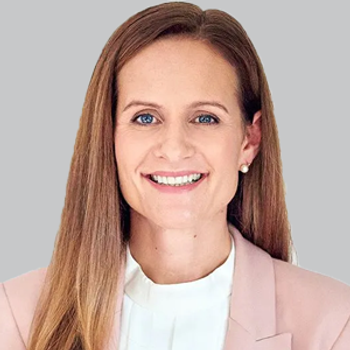
Lack of Sleep Can Take Athletes Off the Field for Good
College athletes may be sabotaging their careers-as well as their performance-when they sacrifice sleep for sports, studying, and socializing.
BRIEF COMMUNICATION
The many aspects of sleep among college-level and professional athletes were the focus of a session entitled “Sleep for Resilience, Recovery, and Performance” at the recent
Sleep not a priority
Among the limitations and challenges mentioned: education about the importance of sleep is typically directed only toward the collegiate athletes themselves and not necessarily toward their coaches, professors, and others who place requirements and deadlines on the students. Dr Kutscher explained that college-level student athletes, as well as college students in general, do not consider sleep to be a priority in their lives. They are faced with a number of demands, including athletics and academics, which take a great deal of time. Grades, scholarships, athletic performance, and their futures all depend on excelling at their endeavors.
College students also want to socialize with their peers. Dr Kutscher noted that many students, when urged to limit their electronic use, explain that they use their electronic devices to catch up with what their friends are doing. The takeaway is that students want to interact with their peers, and when they can’t do so in person (possibly because of sports commitments and studying), are able to maintain their social life through social media. This takes time away from sleep, but students don’t want to give up their social interactions.
Additionally, when students become aware through social media that their peers are staying up at night, they feel the need to stay up late as well, so they can keep up academically. In their interactions with each other, students tend to wear sleeplessness with pride, like a badge of honor.
Factors that diminish sleep quality
The reality is that even when students want to get enough sleep or try to sleep, there are many issues that interfere with their sleep quality. For example, loud dorms and early practices are not compatible with restful sleep. But students may not feel comfortable telling others in their dorm to be quieter-and requests might not yield a beneficial response. For student athletes, traveling to their tournaments in buses and other types of transportation has an impact on getting restful sleep. And traveling in different time zones has an even more substantial impact on sleep.
Another interesting observation is that athletic performance follows a circadian rhythm, and that athletes perform better at their sport at certain times of the day. Daytime athletic performance can be disrupted by time zone–induced alterations in circadian rhythm. While many athletes may follow comparable circadian rhythms, individual variations between athletes on the same team could affect the ideal playing time for different athletes.
Impact of lack of sleep
Dr Kutscher mentioned that coaches and mentors encourage students to learn how to do their best when they are tired-a message that not only discourages sleep, but also suggests that the physiological need for sleep is not important. In addition, he discussed the evidence regarding the impact that lack of sleep has on student athletes. Sleeping less than 8 hours can lead to injuries, and this is true to an even greater degree when athletes sleep for less than 6 hours.
He also discussed professional athletes and noted that higher reported sleepiness has been associated with lower performance and with a shorter career in the sport. Moreover, sleep problems are common after concussion, compounding the problem.
The bottom line
In conclusion, the advice to optimize sleep in athletes was associated with longevity in the sport, a conclusion that may not be intuitive for many student athletes and their mentors.
Newsletter
Keep your finger on the pulse of neurology—subscribe to NeurologyLive for expert interviews, new data, and breakthrough treatment updates.







































